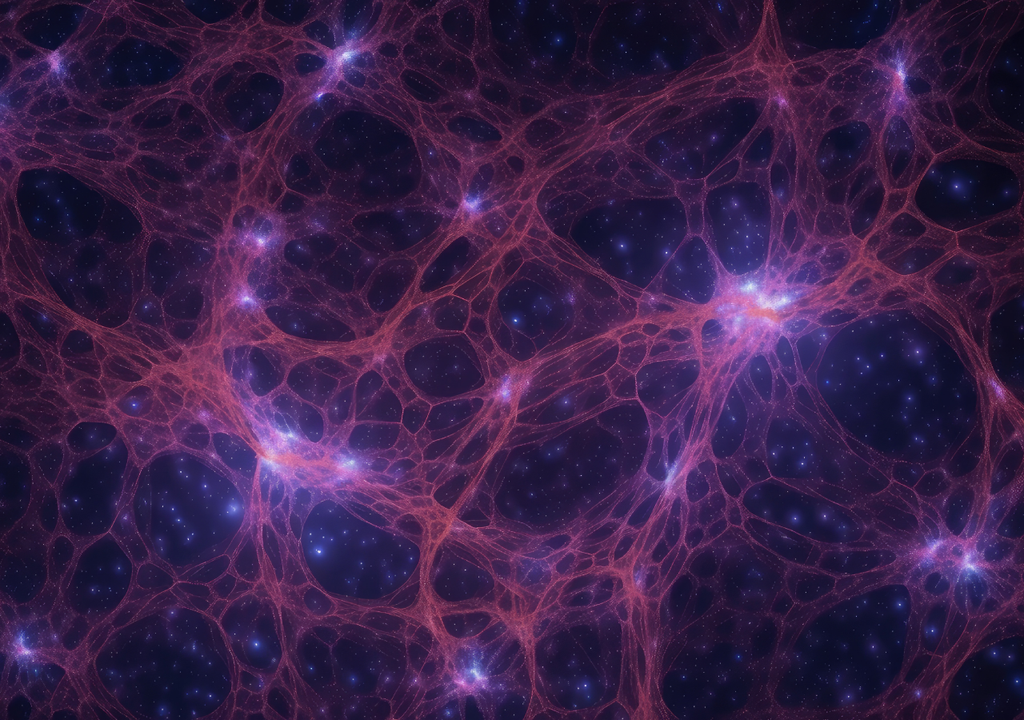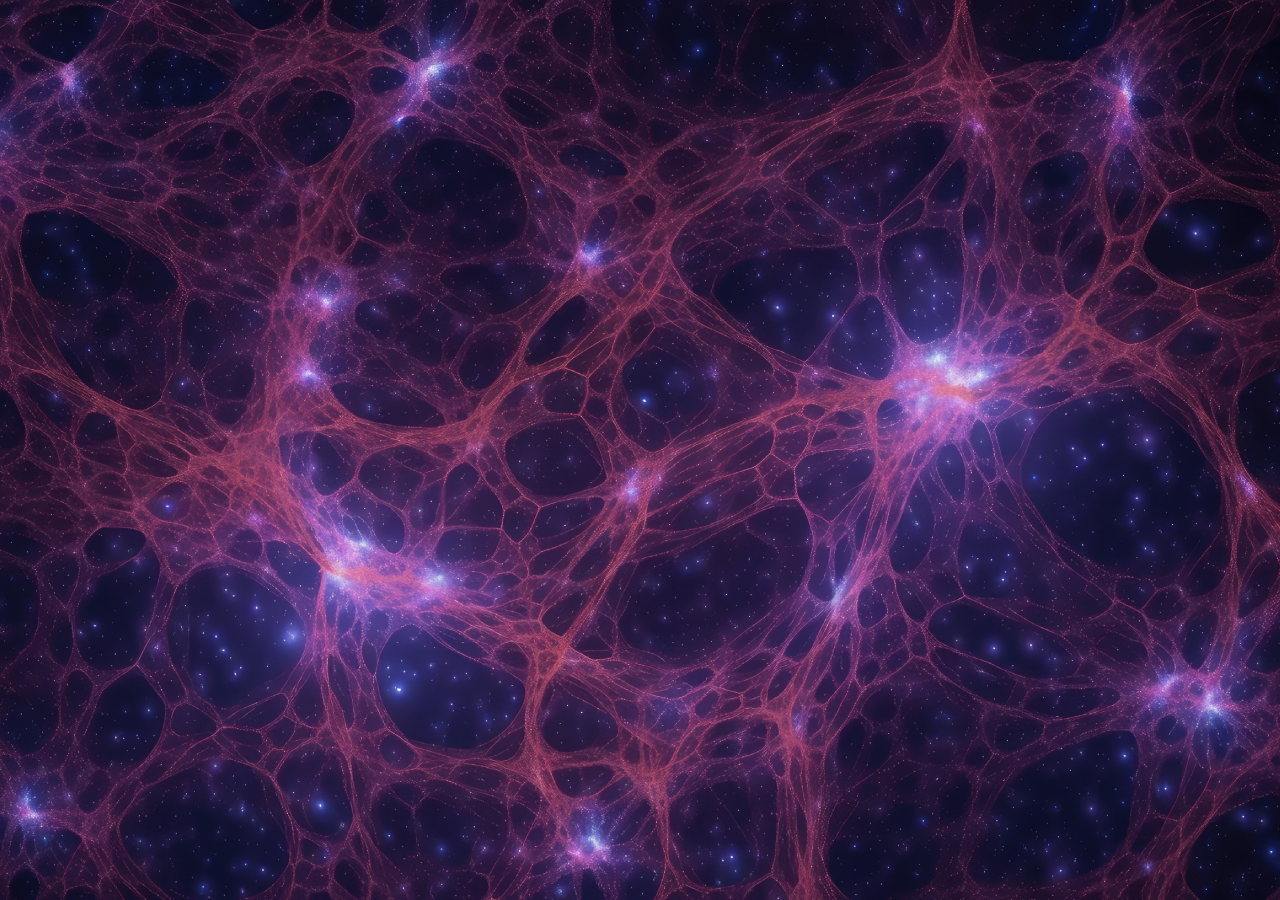The universe is expanding rapidly. When we observe very distant galaxies, we realize that they are moving away from us at an accelerating rate. The first person to realize this was astronomer Edwin Hubble. In the 1920s, Hubble confirmed with his observations that the universe is expanding.
Decades of observations have confirmed what Hubble observed. In the 1990s, the Hubble Telescope – named after the astronomer – was launched with the primary goal of answering the question: What is the expansion speed of the universe? Or how big is it?
This is an issue that still causes controversy in the field of astronomy. This is because each measurement gives a slightly different result which can have different consequences. new Stady He argues that these results differ because we are in a vacuum universe with a low density of galaxies.
The universe is expanding
The first observation that galaxies farther away from us were moving away more rapidly occurred through the work of Edwin Hubble. That means it Not only was the universe expanding, it was expanding at an accelerating rate. This was a major advance for astronomers of the time, who had not yet come to terms with the idea of the existence of other galaxies.
The expansion rate of the universe is called the Hubble constant, and it measures the speed in units of kilometers per second per megaparsec. Each megaparsec equals one million parsecs (3.26 million light-years).
The first estimate of the Hubble constant was made by Edwin Hubble himself, who arrived at a value of 500 kilometers per second per megaparsec. Today, the value is closer to 70 kilometers per second per megaparsec. Despite the different monitoring tools.
Why is it expanding?
Before asking how much the universe expands, It is common to wonder why it expands. This is behind a concept called dark energy. Dark energy would be one of the components of the universe that has the expansion effect that we observe.
What dark energy is is still a mystery. So far we have only been able to observe the effects of this And how it works against the gravitational interaction that dominates at smaller scales. Many physicists and astronomers are trying to answer the question of what dark energy is.

It is important to emphasize this Dark energy and dark matter are two different components and are not related in principle. While one operates on smaller scales through gravitational interaction (dark matter), the other operates on cosmic scales and has the opposite effect of gravitational interaction (dark energy).
Hubble tension problem
The idea of measuring Hubble’s strain seems simple: just calculate how far away galaxies are and measure them. However, the reality is a little more complicated. There are different ways to calculate the speed and distance of galaxies, From using the luminosity of supernovas to using redshift and cosmic background radiation.
All measurements should give equal values, but they do not, so the question arises: which measurement is correct and why do others fail?
next to, Some measurements show that the universe appears to be expanding faster near us, This is not true. This raises a problem called the Hubble Fatigue Problem or Hubble Fatigue Crisis.
We are in a vacuum in the universe
A group of researchers from the University of Bonn (Germany) has proposed an interesting idea to explain Hubble deformation. The group maintains this Errors in measurements are related to our location in the universe because we are in a low-density regionThat is, we are more alone than we thought.
The research used observations of groups of galaxies located 600 million light-years away. from U.S. These galaxies are moving away faster than the cosmological model predicted, which means something else is attracting them.
Giant cosmic network
The cosmic web of the universe is similar to a spider’s web in which galaxies tend to be attracted to regions with other galaxies Through gravitational interaction. This forms a network of very dense filaments of galaxies and very low-density voids.

The idea behind the work is that we are located near one of these voids When we observe groups close to us, we see that they are attracted to these threads. This would cause a gravitational interaction to pull these galaxies toward the filaments and away from us, which are out of their reach.
The study confirms that the following observations should be made taking this possibility into account.. If we add the effect of the attraction of nearby galaxies to other galaxies, the result is affected. The group also argues in favor of MOND, a modified theory of gravity that should also be taken into account in future analyses.

“Beeraholic. Friend of animals everywhere. Evil web scholar. Zombie maven.”

:quality(85)/cloudfront-us-east-1.images.arcpublishing.com/infobae/ZVBKBQM3FA3YXXHR6JH3XHQA4U.jpg)

:quality(85)/cloudfront-us-east-1.images.arcpublishing.com/infobae/RJO52UDMZBAABAQBZHWPU5OQJA.png)



More Stories
Daniel Gomez Rinaldi recounted his moment of poor health: “It was the strongest pain I have ever felt in my life.”
What are quantum computers and why are they the most expensive technology in the world?
We will also reach Mars soon